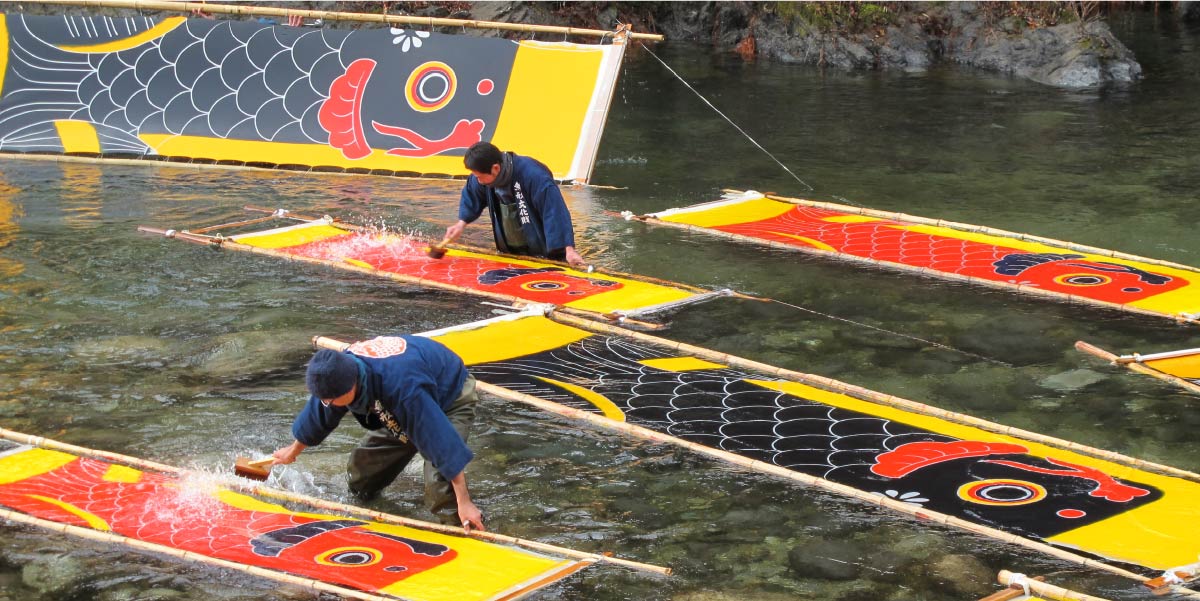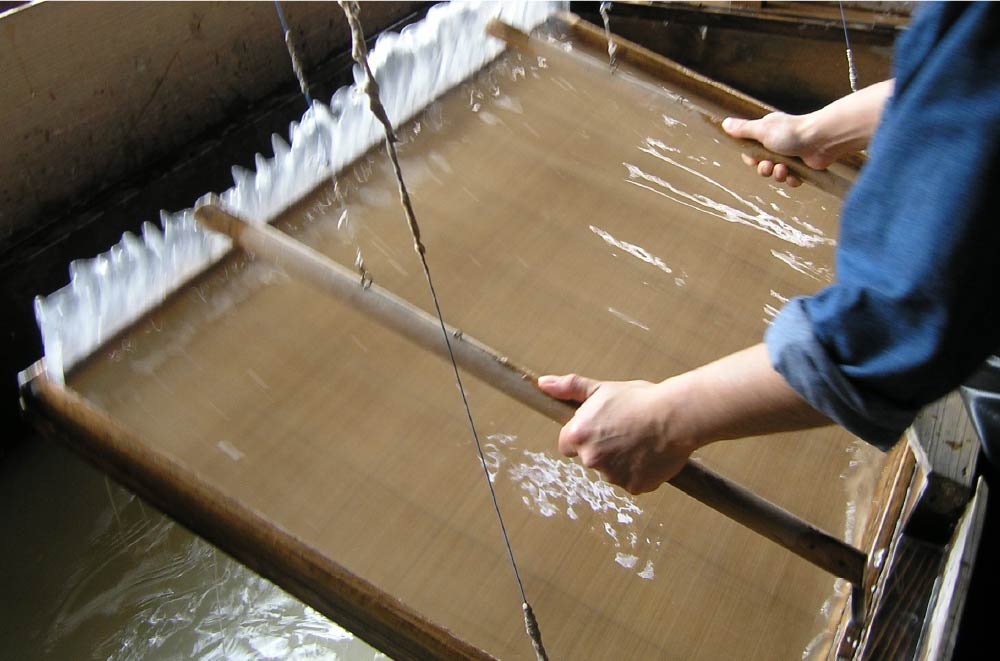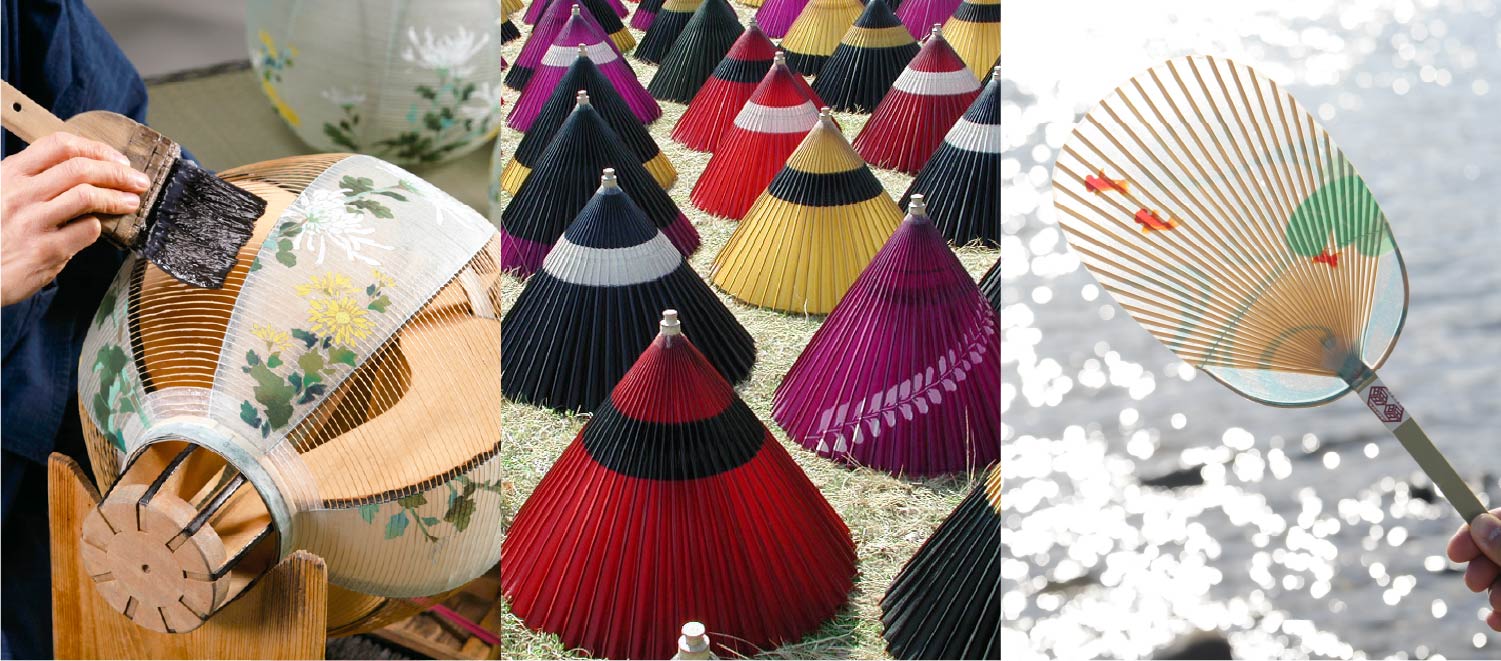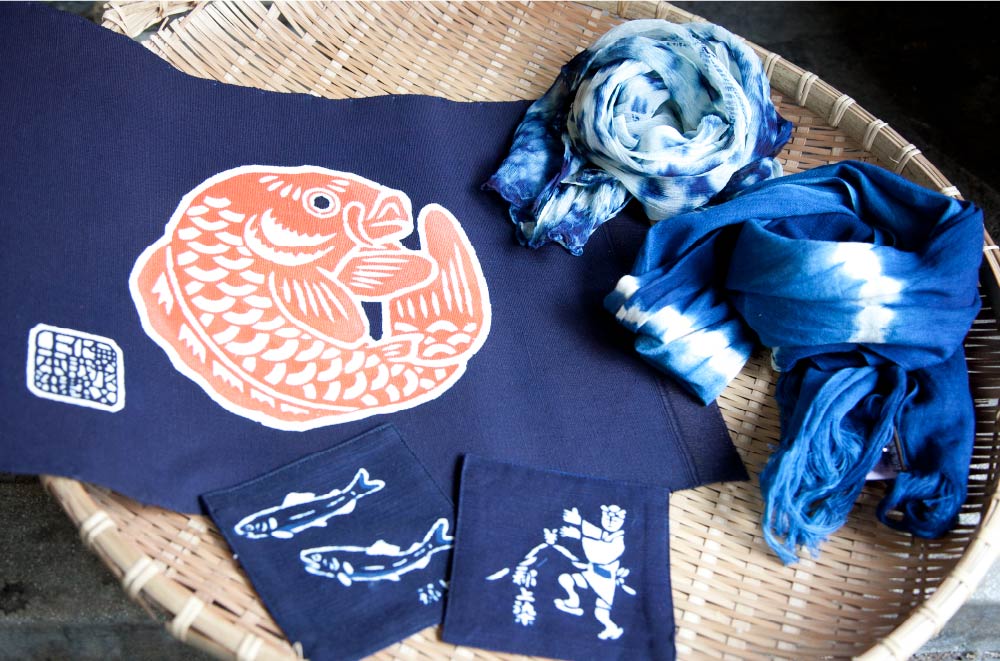GIAHS “Ayu of the Nagara River System”
- About Nagara River
- Well-loved Ayu Fish
- Various Creatures Living in the Clear Stream
- River Fisherman
- People's lives nurtured by the river
- The Future of Forests, Rivers and People
-
GIAHS “Ayu of the Nagara River System”
People's lives nurtured by the river
Traditional industries such as Japanese paper and dyeing have been developed using the water from the Nagara River.
Since ancient times, the river has connected mountains, towns, and the sea like a highway, and has helped develop the economy.

Traditional Techniques to be preserved and passed on
In the basin of the Nagara River, there are many traditional crafts that have a deep connection with clear waters.
Mino washi (Mino City)
Mino washi Japanese paper dates back to the Nara era. The technique of making “Hon-minoshi” which is the best class of handmade Japanese paper, is registered as Intangible Cultural Heritage by UNESCO. Thanks to the clear waters, it is possible to make paper of good quality.
Mino Washi Japanese paper is used for paper sliding doors, Japanese wagasa umbrellas and round paper fans, and greatly developed the economy of the basin.

Gifu chouchin paper lanterns, Gifu Japanese wagasa umbrellas,
Gifu round paper fans
(Gifu City)
In the upper reaches of the Nagara River, there has always been an abundance of high-quality lumber and bamboo that can be used to make lanterns and umbrellas.
These were transported downstream along with Mino washi, and those crafts using washi developed.

Gujo honzome dyeing (Hachiman Town, Gujo City)
The clear waters of the Yoshida River and the Otohime River, which are branches of the Nagara River, dye cloth beautifully.
Deep indigo dyeing is made by repetition of steps to soak cloth in indigo dye, wash the cloth with cold water from a watercourse and expose the cloth to the sun.
Also, carp streamers made with “kachin dyeing” which uses squeezed juice from soybeans and pigments have vivid colors, because of “kanzarashi” which is washing glue off and tightening the cloth in the river on the coldest day in winter.

